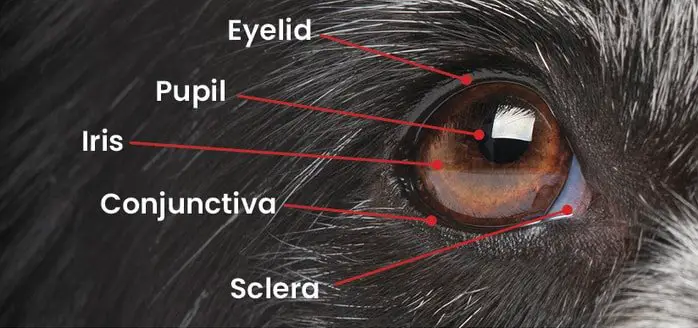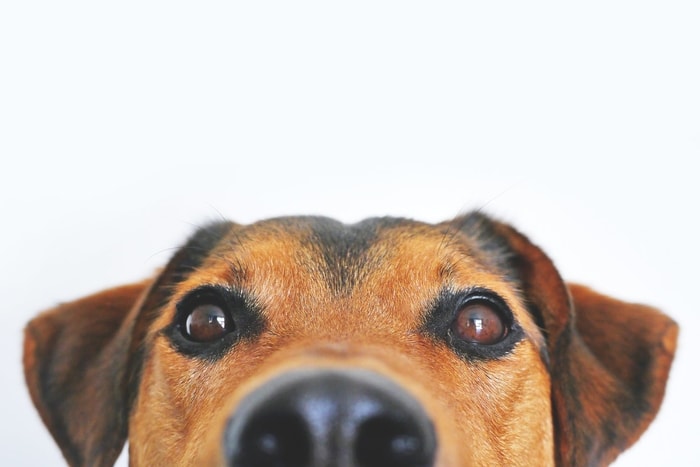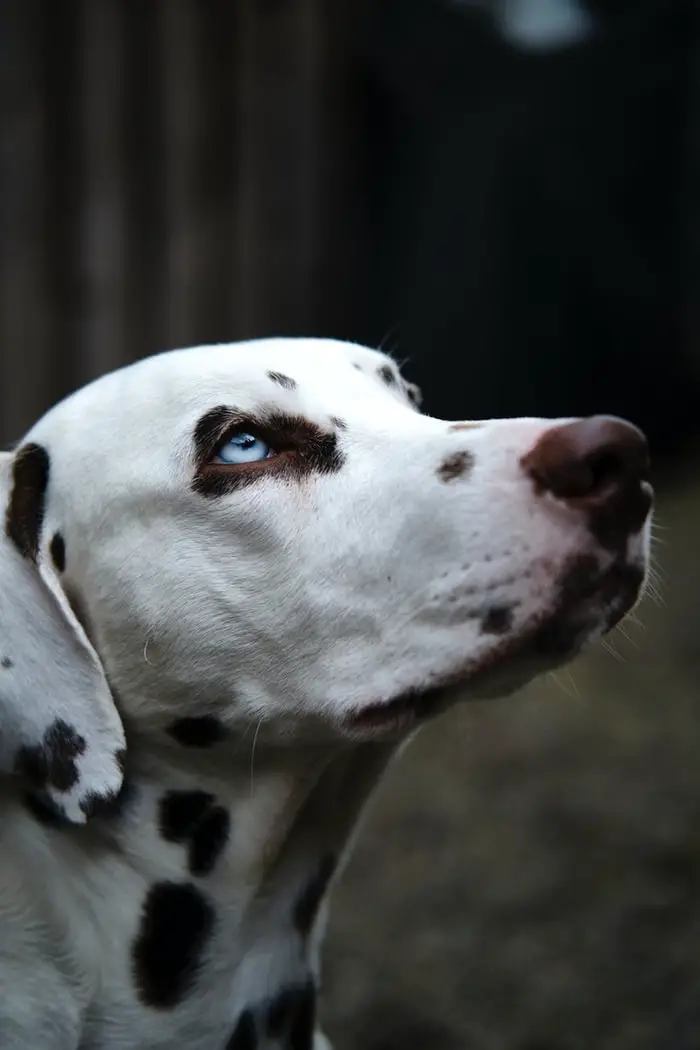A cataract in dogs is any opacity within the lens. It should be differentiated from nuclear sclerosis- a routine aging change in the nucleus that appears as a spherical grey hazy area in diffuse light. It is possible to see the fundus clearly through nuclear sclerosis, and the dog’s vision is not impaired. The eye lens is like a camera. When light reflects through it, the dogs can see an object. If any opacity occurs in the lens, it impairs the vision. You cannot diagnose the pinpoint opacity. A complete opacity may lead to permanent blindness of your dogs.
Types of Cataract in Dogs
A cataract is one of the common diseases of older dogs. Cataract in dogs may be classified according to the etiology, location in the lens, stage of development or progression, and age of onset.
On location in lens basis, the cataract is
- Capsular cataract (involves capsule of lens).
- Cortical cataract (involves cortex of lens).
- Nuclear cataract (includes the nucleus of the lens).
On the age of onset basis, the cataract is
- A congenital cataract (present at birth).
- Acquired (either during the first few years of life or in the middle to old age.
On the stage of progression basis, the cataract is:
- Incipient/early.
- Immature.
- Mature (intumescent).
- Hyper mature (Morgagnian).

Cataract Prone Dog Breeds
Though all dog breeds are prone to cataracts, few dog breeds are more susceptible than others. Moreover, dogs are with diabetes are more prone to cataracts. The following dog breeds are more vulnerable to cataracts:
- Havanese.
- Beacon Frise.
- American Cocker Spaniel.
- Silky Terriers.
- Boston Terriers.
- Smooth Fox Terriers.
- Miniature Schnauzer.
- Poodles.

The Causal Agent of the Cataract in Dogs
Inheritance is the most common cause of cataract in dogs and is frequently due to the recessive genes, occasionally due to the dominant gene. Other causes of the cataract in dogs are-
- Diabetes mellitus.
- Hypocalcemia.
- Uveitis/trauma.
- Retinal degeneration.
- Retinal dysplasia and detachment.
- Glaucoma.
- Persistent hyperplastic tunica vasculosa lentils.
- Arginine deficiency.
- Radiation.
- Electronic shocks.
- Drugs.

Clinical Signs of Cataract in Dogs
The clinical signs will help you to that your dog is affected with cataract or not. The dogs can even see with cataracts.
- Red-eye due to passive engorgement of the conjunctival and scleral vessels.
- Corneal edema.
- Blindness in the affected eye due to ocular pain.
- Dilated and non-responsive pupil due to paralysis of the iris sphincter muscle at high pressures.
- Increase in the size of the eye.
- Deep linear streaks are seen in the cornea.
- Reluctance to climb or jump.
- Clumsiness.

Diagnosis of Canine Cataracts
If you suspect your dog might have cataracts, you should have to call your vet immediately. Your veterinarian will perform a complete ophthalmic examination. You can examine the eye for signs of iridodoness, vitreous in the anterior chamber, aphakic crescent. Your veterinarian also examines the other eye problems such as
- Uveitis (inflammation).
- Diabetes mellitus (blood and urine glucose and urine ketone measurement).
- Several ocular conditions are likely to limit the successful outcome of cataract surgery.
- Retinal degeneration (progressive retinal atrophy).
- Retinal detachment (associated with later progression of cataract).
- Glaucoma ( measure intra-ocular pressure with Schiotz/applanation tonometry.

What Can I Do for My Dog with Cataracts?
There is no medical therapy for the cataract in dogs. The only effective treatment of your dog is surgical removal. Cataract surgery requires exceptional equipment and thus should always be referred to as your specialist. Before assigning your dog for surgery, any signs of lens-induced uveitis should be treated with a topical corticosteroids/NSAID for 10-14 days.

In your young dogs with progressive cataracts, bilateral extraction, and intraocular lens implantation are performed without any delay. Your older dogs, cataract extraction, is suitable for bilateral cataract. But the progression of cataract you should be monitored before electing to remove the cataract if it is unilateral and one eye is healthy. Your dogs with bilateral cataract you can have both removed at the same time.

Cataracts can be removed by extracapsular extraction using an open-sky approach with a 1600 limbal incision, anterior capsulotomy, and delivery of the lens nucleus followed by irrigation/aspiration to remove the remaining lens cortex. However, removal of the lens through a small incision by ultrasonic phacoemulsification and aspiration is the method preferred by many veterinary ophthalmologists. After removal of the lens may be placed in the remaining lens capsule.
The Takeaway from The Article
As a dog owner, you will like to keep your dog for a longer time. A cataract is a common problem in aged dogs. All ages of dogs may develop a cataract in one or both eyes. If you cannot notice at the early stage, it may lead to permanent blindness. You can select a dog breeds which are less prone to cataract. At the same time, you can reduce the causes of cataracts in your dogs.